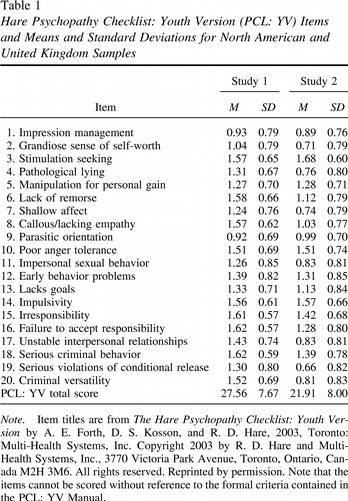

It will be seen from this review that the topic remains no less fascinating or socially relevant when considered from a clinical–scientific perspective.Įarly writers characterized psychopathy as an atypical form of mental illness in which rational faculties appeared normal but everyday behavior and social relationships are markedly disrupted. This module reviews historic and contemporary conceptions of psychopathy as a clinical disorder, describes methods for assessing it, and discusses how a new conceptual model can help to address key questions regarding its nature and origins that have long been debated. However, the concept of psychopathy (“psychopathic personality”) held by experts in the mental health field differs sharply from this common public perception-emphasizing distinct dispositional tendencies as opposed to serious criminal acts of one sort or another. This impression is reinforced on an ongoing basis by depictions of psychopathic individuals in popular books and films, such as No Country for Old Men, Silence of the Lambs, and Catch Me if You Can, and by media accounts of high-profile criminals ranging from Charles Manson to Jeffrey Dahmer to Bernie Madoff. įor many in the public at large, the term “psychopath” conjures up images of ruthless homicidal maniacs and criminal masterminds. But often these portrayals – psychopaths as criminal monsters preying on innocent people – are misleading. Popular media have developed the character of the psychopath into a popular genre. About this Textbook / About the Creator.Chapter 12 - Personality Disorders Toggle Dropdown.

14 Minutes of One Night with My Grandmother (video).Chapter 11 - Neurocognitive Disorders Toggle Dropdown.



 0 kommentar(er)
0 kommentar(er)
